Nội Dung Chính
(Page 90)
1 CULTURE | • HairstylesI can report back on a class survey about hairstyles. |
| 1 Look at the photos. Then read the article. Which photo(s) match(es) each decade? 2 🔊3.02 Read and listen to the article again and answer the questions. 1 Why was a hairstyle called ‘the Rachel’? 2 What did the hairstyle in the 2000s look like? 3 What new hair colour became popular in the 2010s?
| 3 YOUR CULTURE Work in pairs. Answer the questions about Việt Nam. 1 Which hairstyles are most popular in Việt Nam at the moment? 2 Which of the following are fashionable for men in Việt Nam?
3 What colour hair dye is the most popular in Việt Nam?
4 USE IT! Do a class survey using the questions below. Then report the results. 1 Which hairstyle from the text do you like most? 2 Which hairstyle from the text do you like least? 3 Did you use to have a different hairstyle when you were younger? Describe it. 4 What hair colour would you like to try?
|
Hair through the decades
| |
|
(Page 91)
2 CLIL | Art: ColoursI can name colours and say how they relate to each other. |
| 1 Check the meaning of the words in the box. Do you know any other adjectives to describe colours?
2 Read the text. Write the names of colours 1–6 on the colour wheel. Which colours are primary and which are secondary? Yellow - primary 3🔊 3.03 Read and listen to the text again. Complete the sentences using the words in exercise 1.
4 USE IT! Work in groups. Look at Wassily Kandinsky’s painting Squares with Concentric Circles. Choose two squares in the painting and say how the colours in each square are related. Which square do you like best and why?
|
The COLOUR Wheel Have you ever thought about how colours are related? Why do some colour combinations look good and others don’t? According to Isaac Newton, white light consists of all the colours of the rainbow. Newton then arranged them in a circle of warm and cool calegories. |
(Page 92)
3 CLIL | • Geology: The water cycleI can understand the water cycle and describe the journey of a river. |
| 1 Match the words in blue in the fact sheet with definitions 1–7.
2 Read the fact sheet. What happens to water when it falls to the Earth? THE WATER CYCLE Now here is a challenge for you. Go and get a glass of water and take a look at it. Can you guess how old it is? Well, your water perhaps fell from a cloud just a couple of weeks ago, but it has been around for the same length of time as planet Earth! That means that your glass of water was around when the first creatures swam in the sea and when the dinosaurs roamed the Earth. But how is this possible? The fact is that the quantity of water on the Earth remains the same over time and it constantly goes through the water cycle. In the cycle, there is continuous movement of water on, above and below the surface of the Earth. Firstly, the sun heats the water in the rivers, seas and oceans, and it evaporates into the air. Plants and trees lose water, too, and this also goes up into the air. The water vapour then cools and condenses into small drops which form clouds. You can see how condensation happens if you look again at your glass of water on a hot day. After a short time, water from the air condenses onto the cold glass. Back to the sky, though, and the next step is that the clouds gradually get heavier and heavier until they can’t hold the water any more, and it falls to Earth as rain, sleet or snow. Water can change state from liquid to vapour to solid during the cycle, but any form of water that falls from the clouds is called precipitation. When on Earth, some of the water runs into rivers, lakes and streams and becomes surface water. Some enters the ground and forms underground rivers or lakes before eventually flowing back to the seas and oceans. The cycle is complete.
| 3 Label the diagram with the words in the box.
4 🔊 3.04 Read and listen to the fact sheet again. Answer the questions.
5 USE IT! Work in pairs. Create a poster to show what happens in the water cycle. Include information from this page. |
(Page 93)
4 CLIL | • Society: FairtradeI can talk about Fairtrade and design a poster about it. |
| 1 Read paragraphs 1 and 2 of the text quickly to find the words below. What part of speech are they? Explain their meaning in your own words.
2 Read the article. What is Fairtrade?
| 3 🔊 3.05 Read and listen to the article again. Write true or false. Correct the false sentences.
4 USE IT! Work in groups. Make a poster about Fairtrade. Include pictures. Write about workers’ conditions like this:
Write about consumers’ actions:
Include a slogan, for example: Buy … / Give … / Pay … / Help …
|
(Page 94)
5 CLIL | • Science: Genetic engineeringI can understand genetic engineering and give my opinion about it. |
| 1 Check the meaning of the words in the box.Use the words to complete the text below.
2 🔊 3.06 Read and listen to the text. Match headings A–E with paragraphs 1–5. A What genetic engineering can do B Doubts about genetic engineering C An example of genetic engineering D Defining genes E Genetic engineering and weeds
| 3 Answer the questions.
4 USE IT! Work in pairs. Ask and answer the questions.
|
(Page 95)
6 CULTURE | Work experienceI can talk about the benefits of work experience. |
| 1 Look at the photos and answer the questions. Then read the article and check your answers. 1 What job categories can you see? 2 Why do you think some teenagers work in their holidays?
The world of work experience Forget relaxing with friends. The end of the school year is a time for working for most fourteen- and fifteen-year-olds in the UK. Around half a million teenagers in the UK do work experience every summer. This is a useful way to find out which jobs you might enjoy in the future. It is also important when you apply for university, or get a job in the future. For example, if you want to study to be an engineer, you could do work experience with a car manufacturer. Other popular work experience placements are in teaching, marketing, media, and finance. Placements usually last two weeks. Some teenagers have no idea what job they want to do. In this case, they need to think about their passions. For example, if you are interested in music, you could work in a music shop. Alternatively, if you love animals, you could work on a farm.
| 2🔊 3.07 Read and listen to the article again and answer the questions. 1 What time of year do most teenagers do work experience in the UK? 2 Why does the writer think work experience is useful? 3 How long are placements? 4 What does Paul want to do when he finishes school? 3 YOUR CULTURE Work in pairs and answer the questions.
4 USE IT! Imagine your country has a new rule: All fourteen-year-olds must do work experience in the school holidays. Prepare a class debate. Follow instructions 1-3. 1 Group A: you agree with the rule. Group B: you disagree with the rule. In pairs, write a list of reasons to support your opinion. 2 Take turns to present your reasons. 3 Decide which group presented the best argument.
| |||||||||
(Page 96)
7 CULTURE | Youth projectsI can research and talk about youth projects. |
| 1 Read the article about the Hideaway Youth project. Why did the project win an award? 2 🔊3.08 Read and listen to the article again and answer the questions. 1 How old are the young people who are supported by the Hideaway Youth Project? 2 What are the aims of Hideaway? 3 What happened in 1965? 4 What programmes should young people join if they want to become healthier? 5 What can people learn at the Young Men's Project and the Young Women's Project? 6 Why was 2014 an important year for Hideaway? 3 YOUR CULTURE Work in pairs and answer the questions about your country. 1 Are youth projects like Hideaway common in your country? 2 Do you think enough is being done in your country to support young people? Why / Why not? 4 USE IT! Research a youth project in your country and write a fact file about it. Find out:
| HIDEAWAY YOUTH PROJECT Helping young people to make a difference
|
(Page 8)
8 CULTURE | Book daysI can talk about book festivals. |
| 1 Make compound nouns using the words in the boxes. Then scan the text to find three compound nouns from the list. What do they mean?
2 Read the web page to find out which festival is the oldest. Let's celebrate BOOKS!
International Agatha Christie Festival Agatha Christie, the famous mystery writer, is the best-selling novelist of all time. Her books, translated into over 100 languages, are read and loved by people all over the world. Since 2004, fans of Agatha Christie have been meeting every year at the festival. Where? Torre Abbey, Torquay in Devon When? September (usually the 11 What? Listen to talks on Agatha Christie's books, watch theatre groups perform her plays, take part in writing and drama workshops, go to murder mystery parties and taste food that appears in Agatha Christie's books!
| 3 🔊3.09 Read and listen to the text again and answer the questions. 1 Which month is most popular for book festivals? 2 You like acting and want to attend a suitable workshop. Which festival would you go to? Why? 3 Your neighbours want to take their young children to a book festival. Which one would you recommend? Why? 4 You don't like large festivals. Which festival should you not go to? Why not? 5 You prefer hearing stories to reading books. Which is the best festival for you? Why? 4 YOUR CULTURE Write about a book or film festival in your country. Do research online and complete the table.
5 USE IT! Work in pairs. Tell your partner about the festival you wrote about in exercise 4. ------------------------------------------- Nguyễn Văn Bình Book Street Launched on January 9, 2016, Nguyễn Văn Bình Book Street received 1.5 million visitors and sold more than 500,000 copies of books in the first year. It provides a location for businesses in the publishing sector to organise events and present products, and a cultural space for book enthusiasts. The pedestrian-only street includes more than 20 book stalls featuring books and magazines from domestic and foreign publishers. Where? Nguyễn Văn Bình Street, District 1, Hồ Chí Minh City, Việt Nam When? 8 a.m. to 10 p.m. Daily What? Listen to famous writers talk about their best-sellers, take part in writing workshops and talk shows, attend book signing and book release, and choose from thousands of titles in the festival bookshop.
|

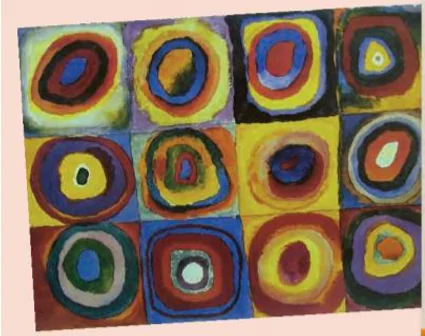
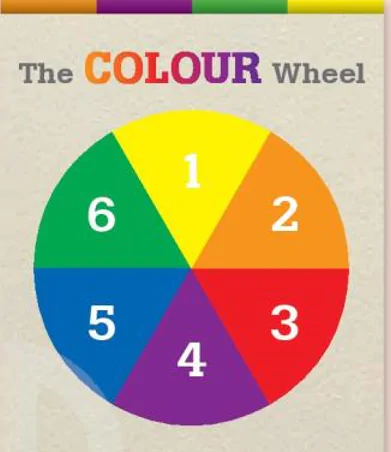
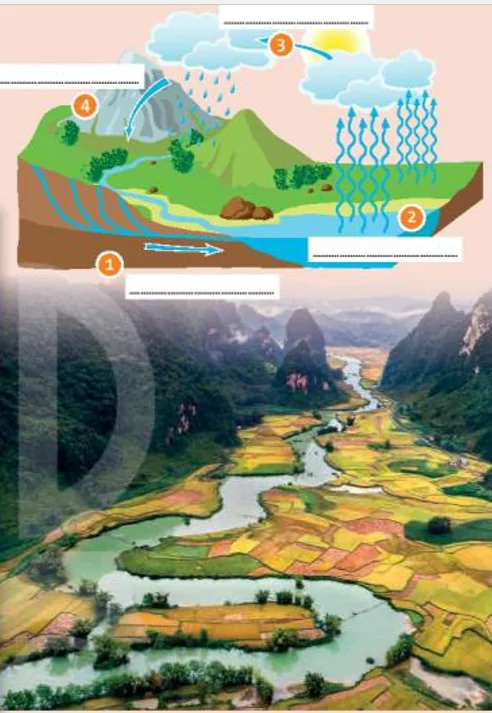
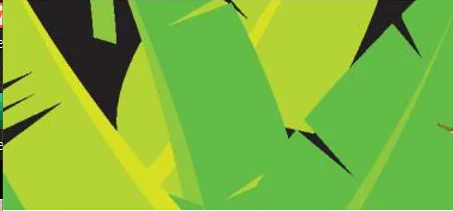
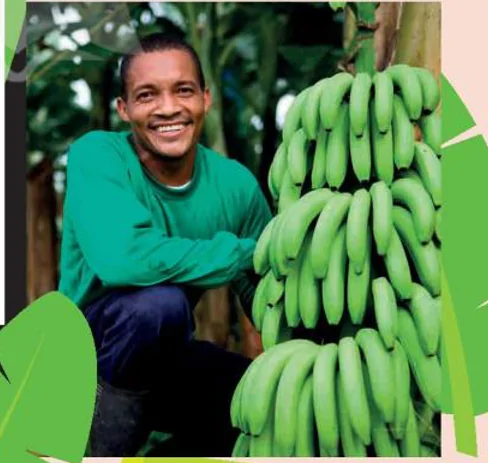
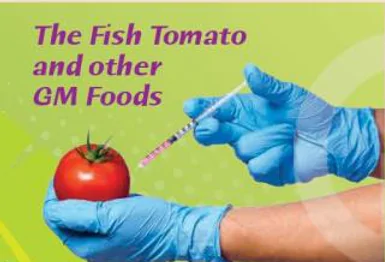
 ................... into a tomato? They did it to develop tomatoes which can grow in cold temperatures.
................... into a tomato? They did it to develop tomatoes which can grow in cold temperatures. ......................... a plant gene, you can change a specific characteristic like colour, shape or height.
......................... a plant gene, you can change a specific characteristic like colour, shape or height. ................
................ 
 ...................... . They can also have an engineered resistance to insects and
...................... . They can also have an engineered resistance to insects and  .................. and stay fresh for longer. GMOs can make fish grow larger and make cows produce healthier milk. Some people think that if we want to feed the world’s population, we will need GMOs.
.................. and stay fresh for longer. GMOs can make fish grow larger and make cows produce healthier milk. Some people think that if we want to feed the world’s population, we will need GMOs. ...................to kill weeds, but these chemicals can also damage crops. In the USA, farmers use GM crops which resist herbicides, so that they can destroy
...................to kill weeds, but these chemicals can also damage crops. In the USA, farmers use GM crops which resist herbicides, so that they can destroy  ................... without damaging the crop. However, some ‘superweeds’ are becoming immune to the herbicides, so the farmers have to use more and more chemicals.
................... without damaging the crop. However, some ‘superweeds’ are becoming immune to the herbicides, so the farmers have to use more and more chemicals.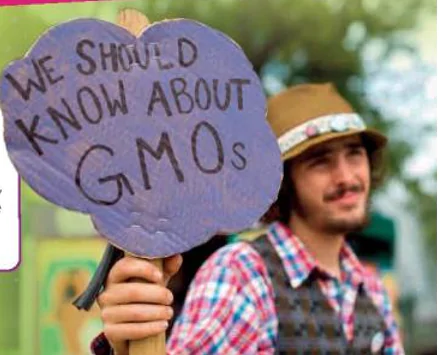


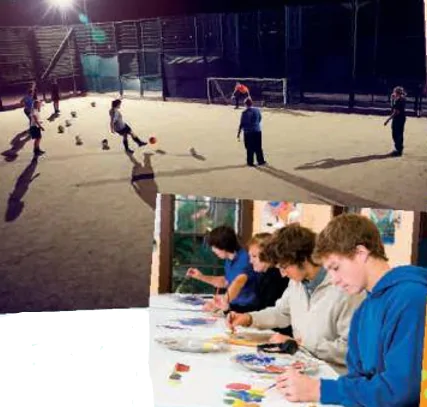
 to the 20t
to the 20t

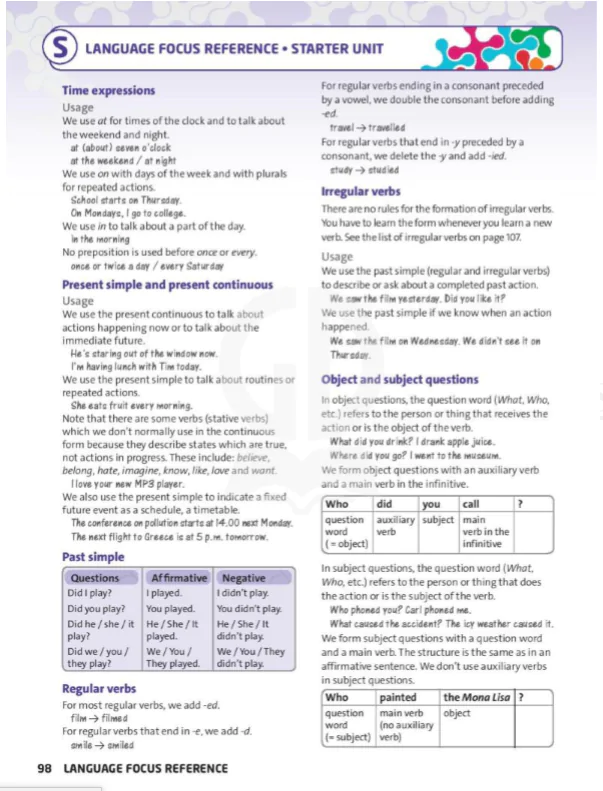
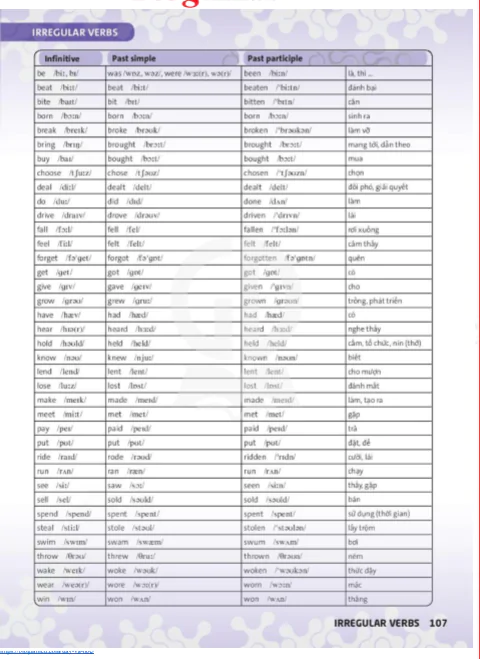
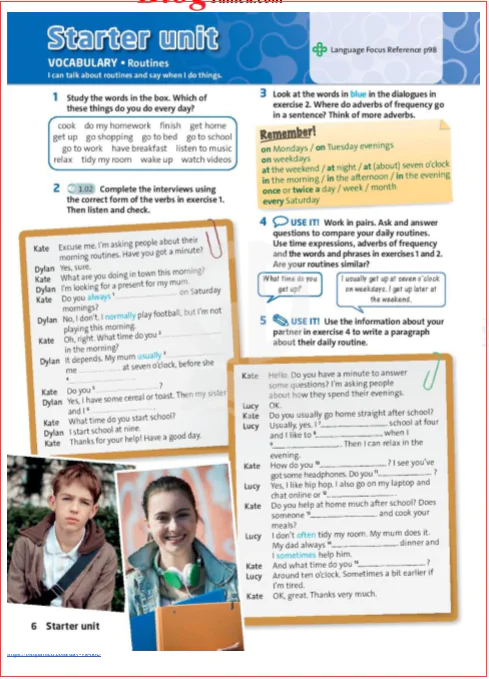
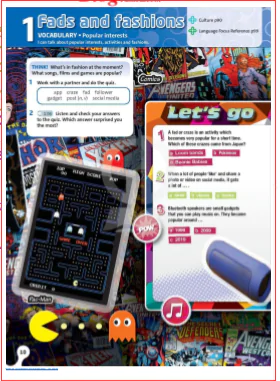
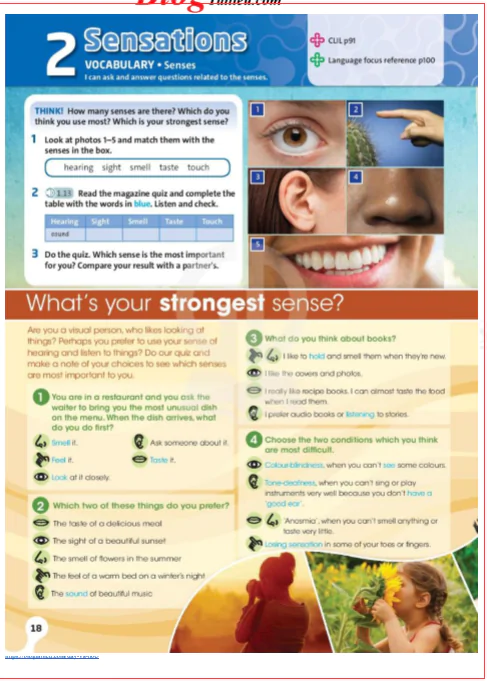
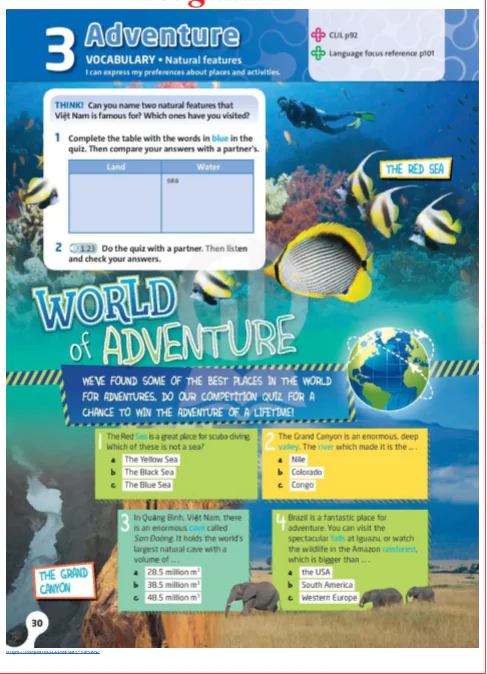
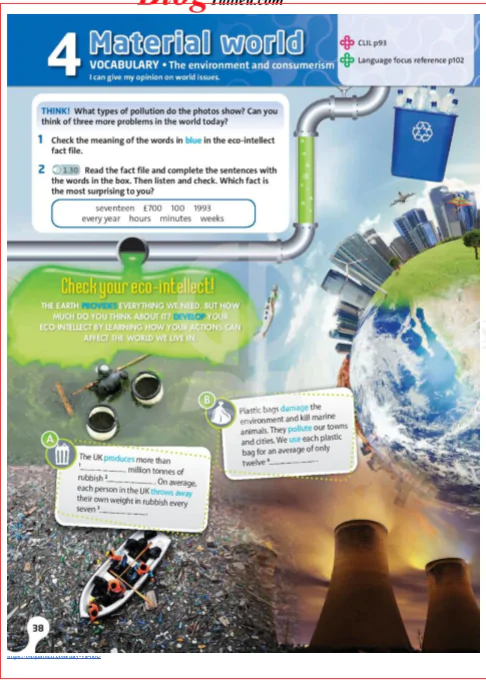
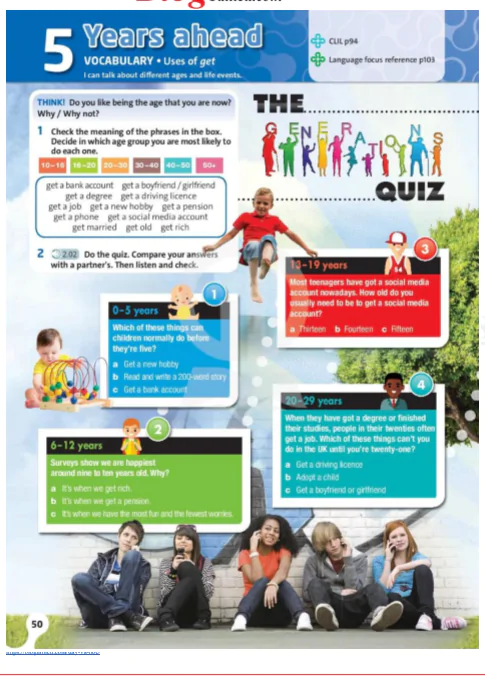
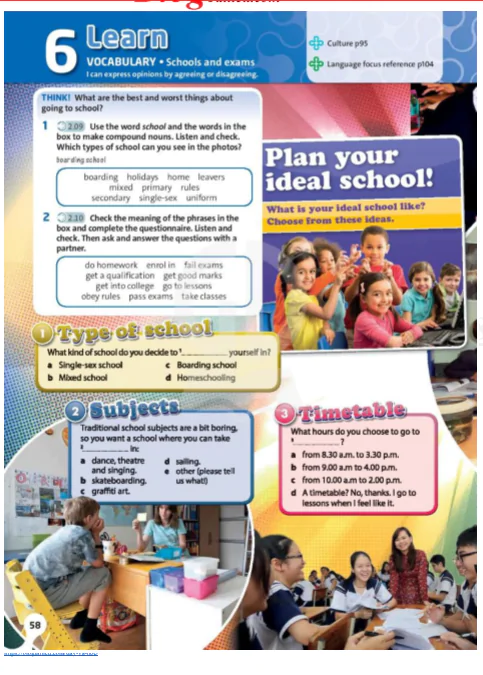
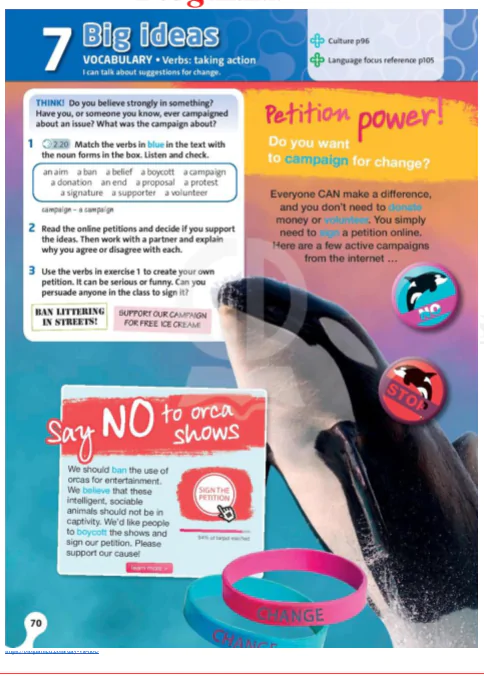

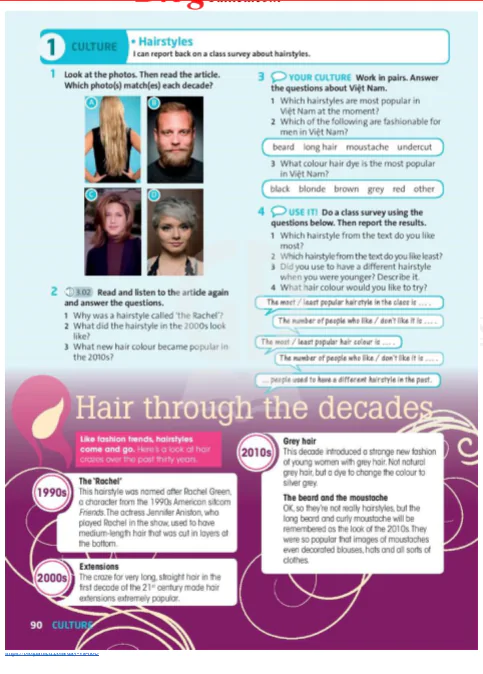
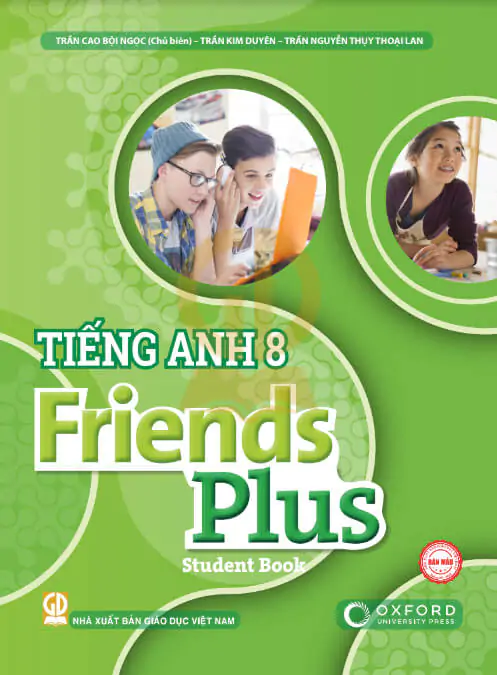
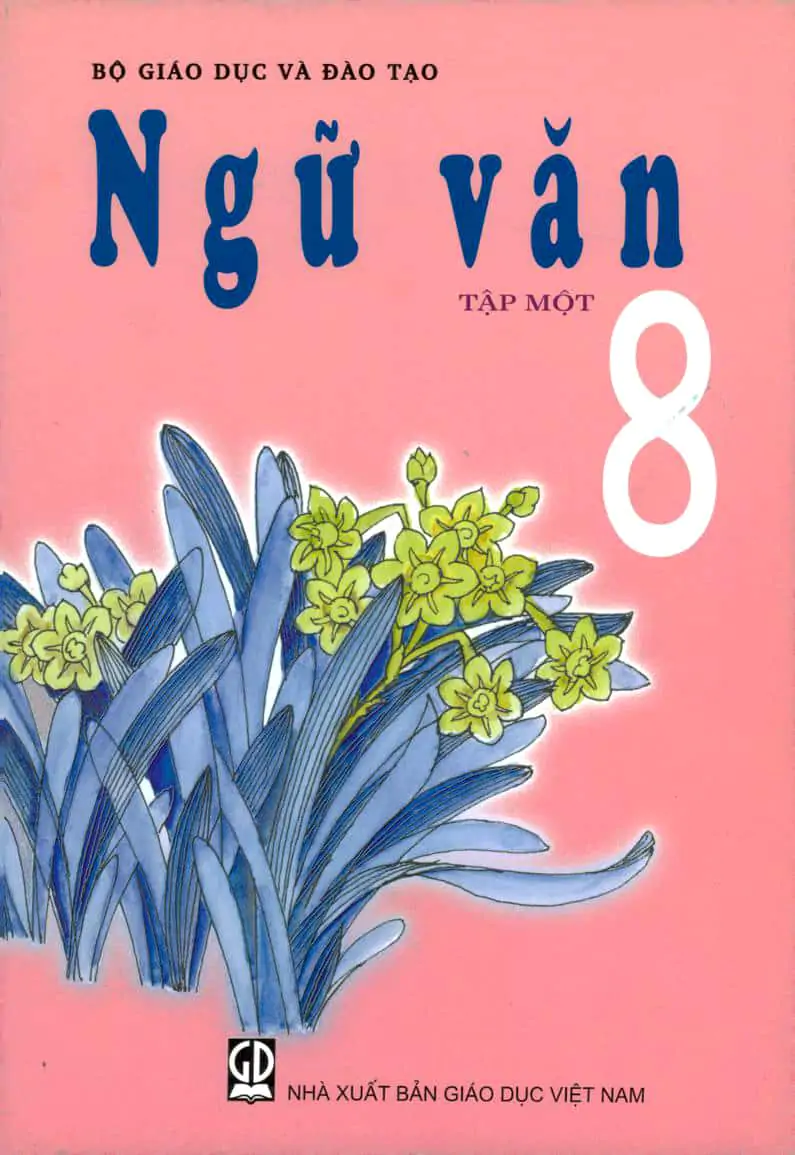
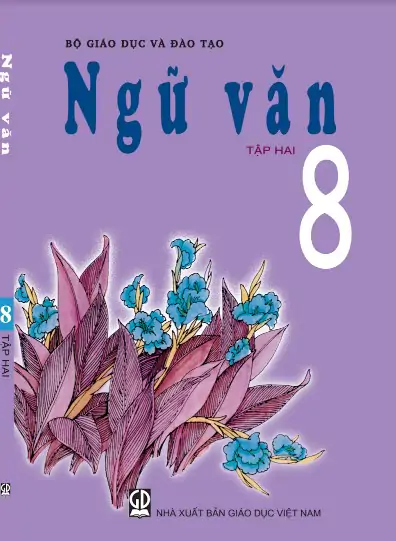
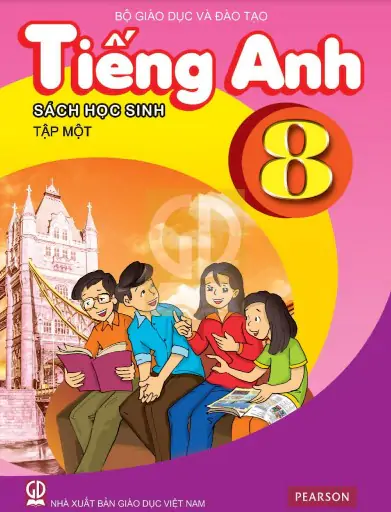

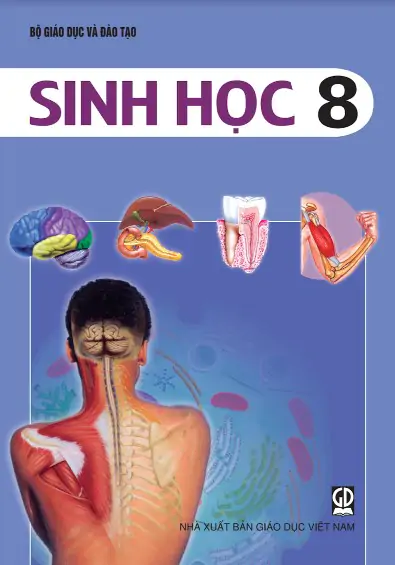
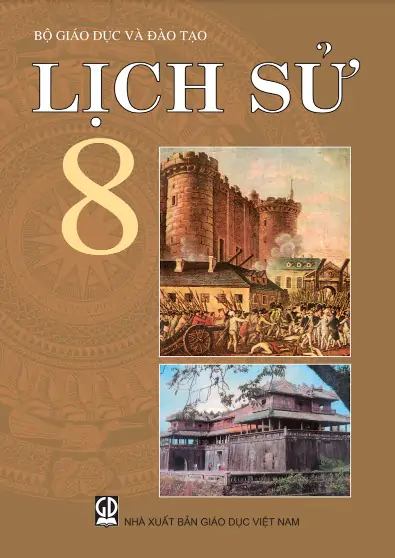
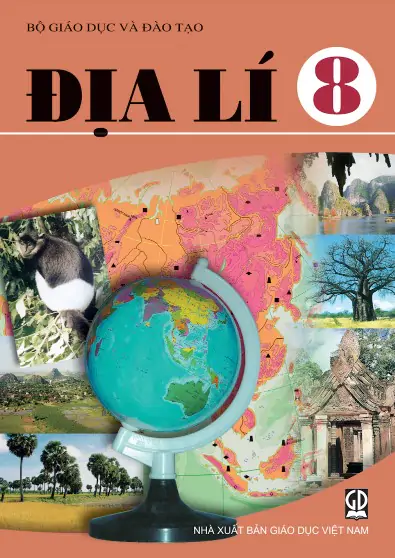
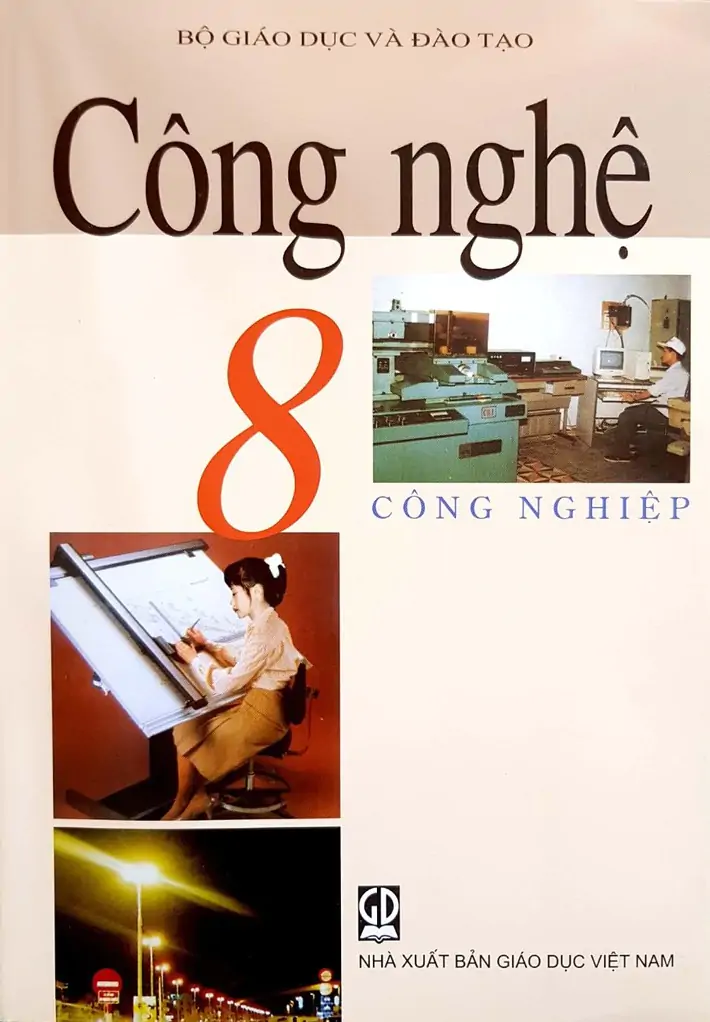
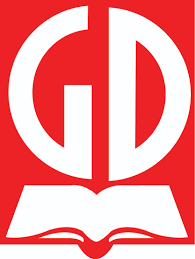
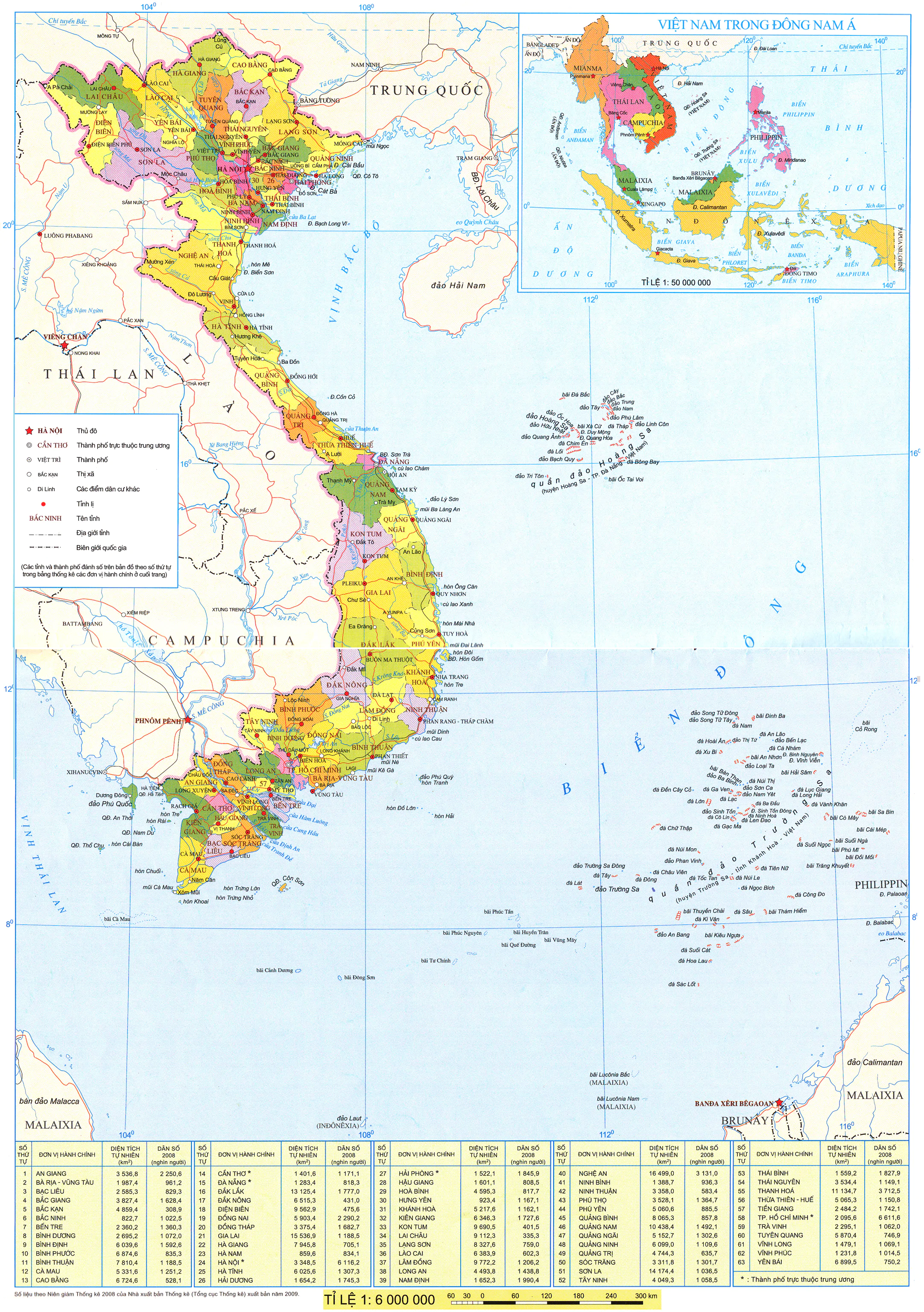
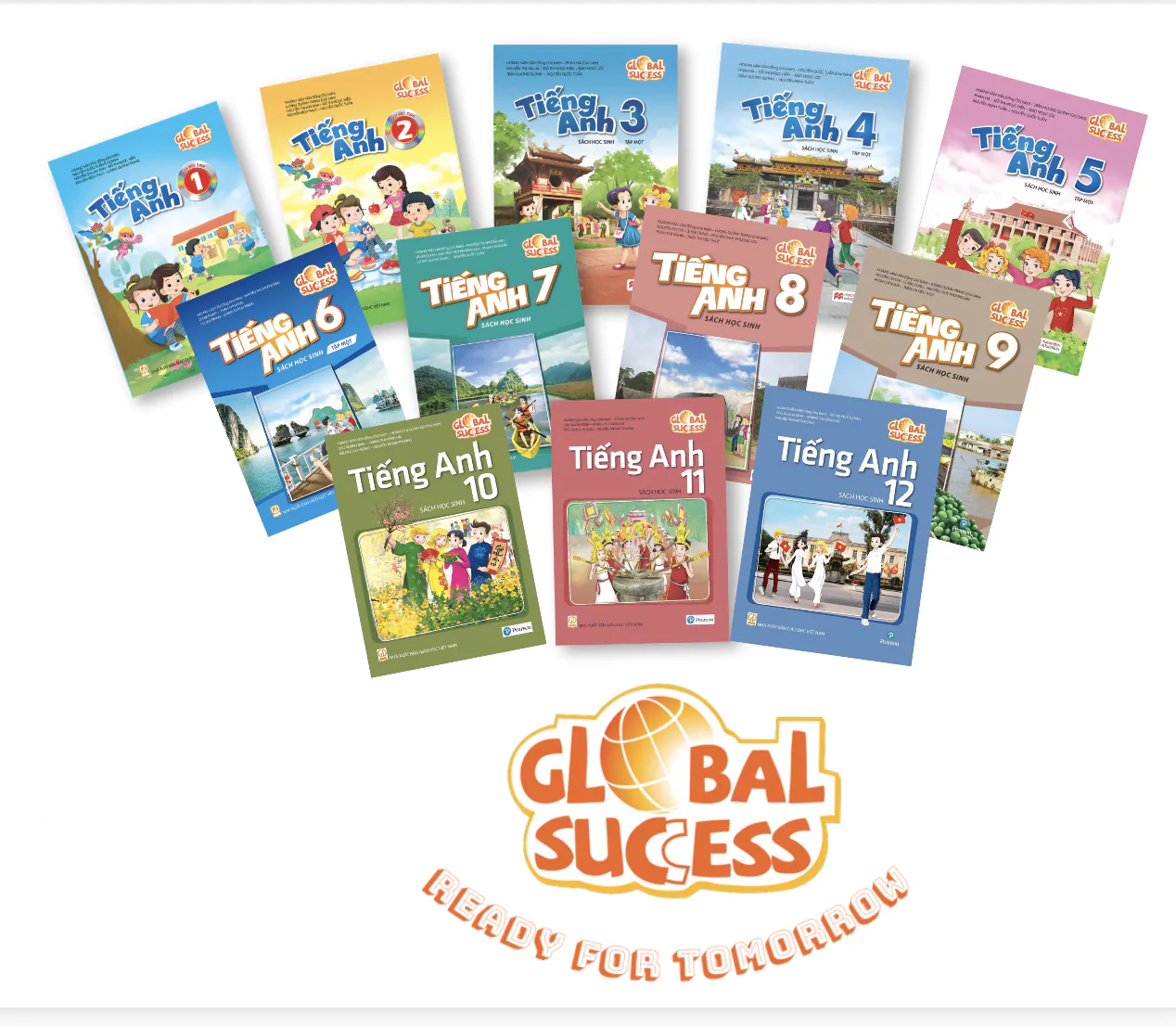

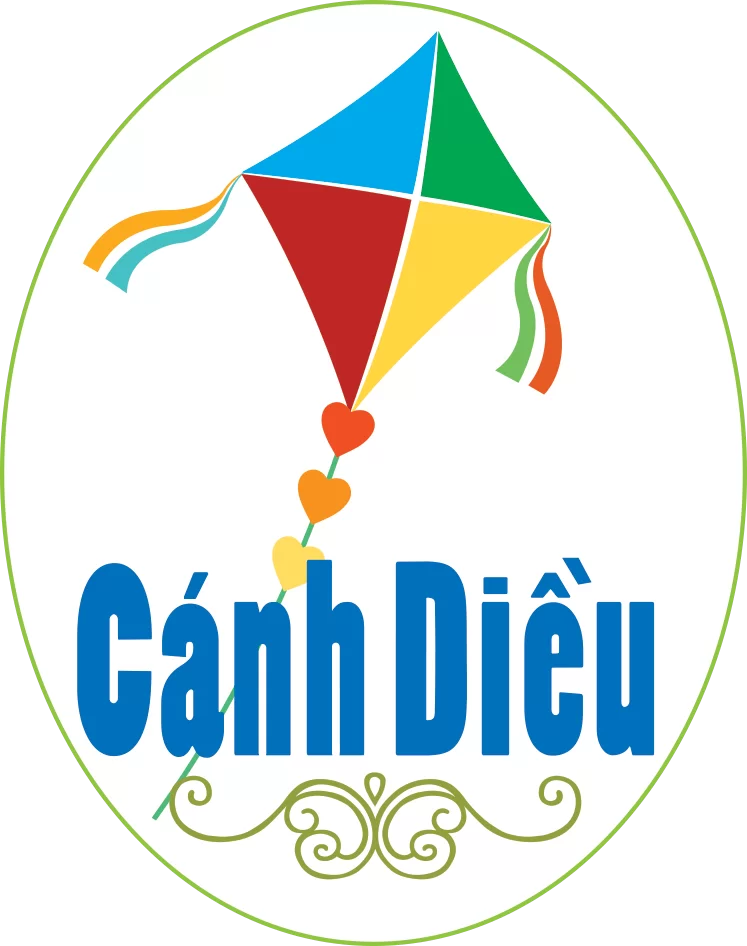
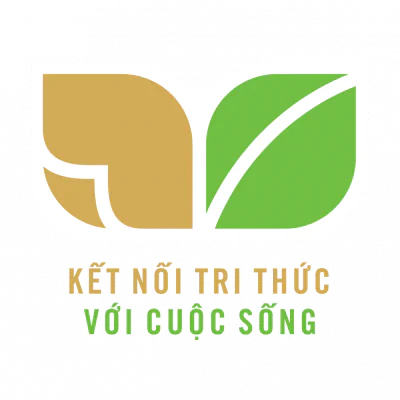












Bình Luận
Để Lại Bình Luận Của Bạn